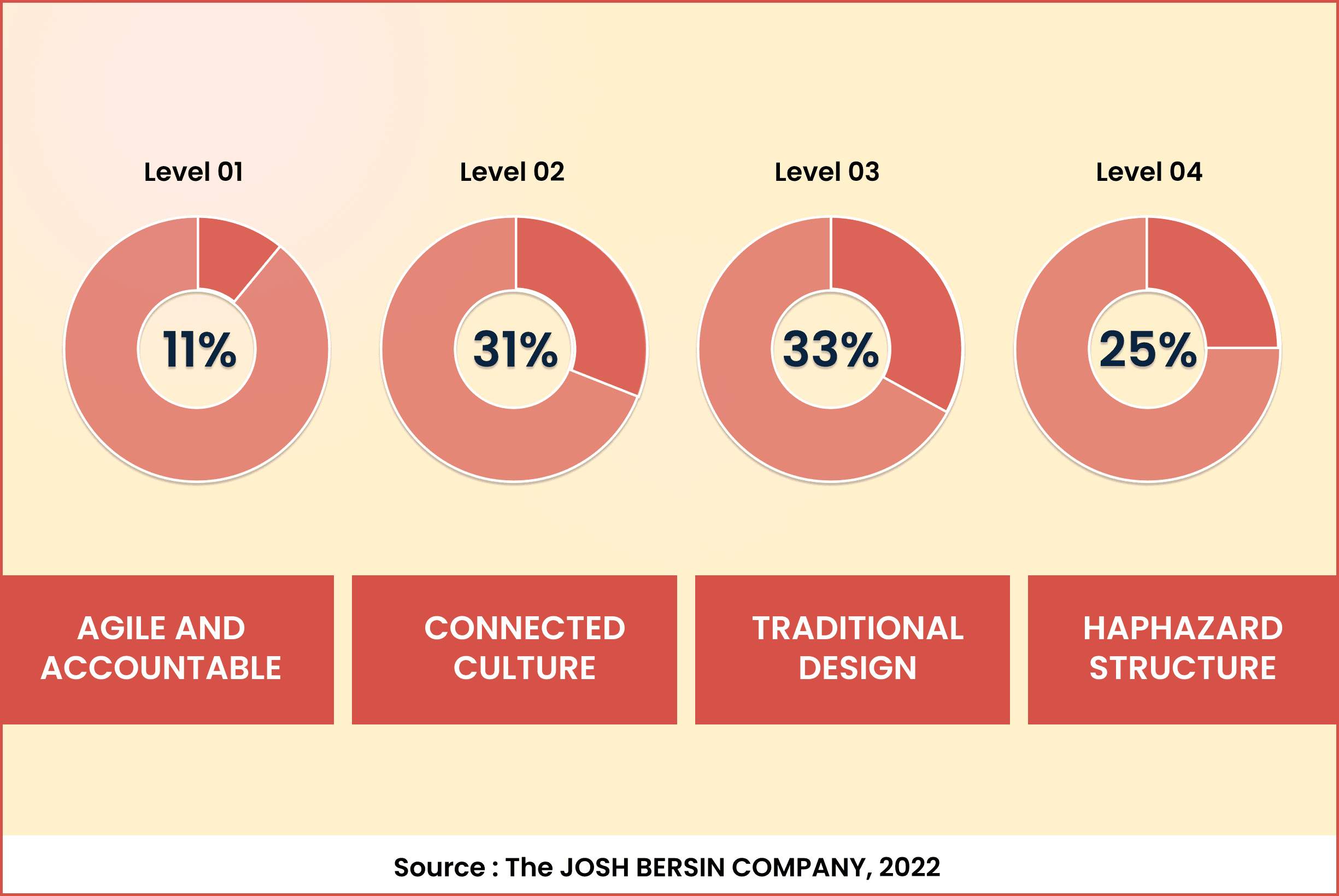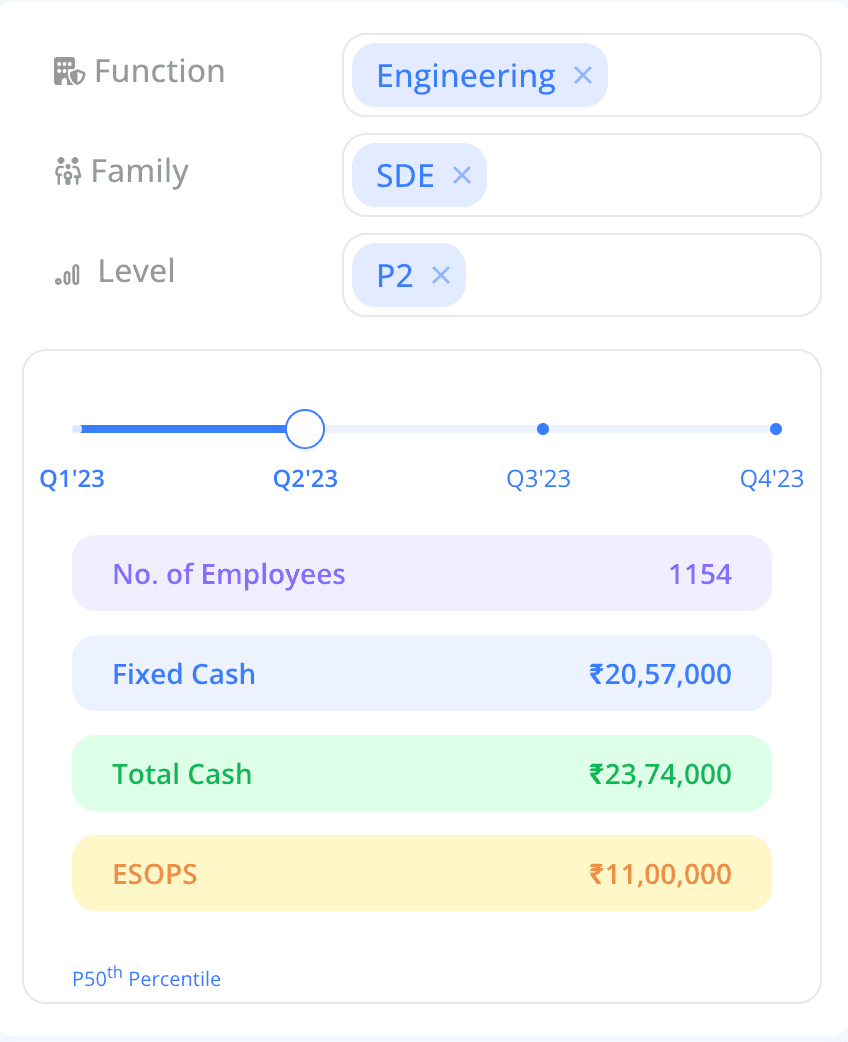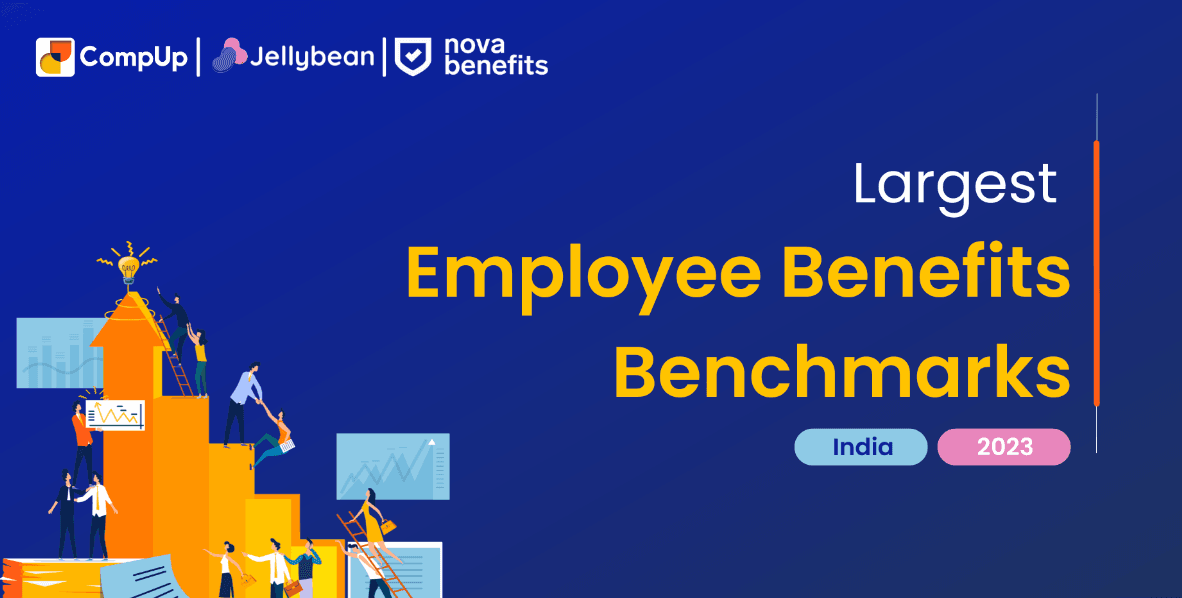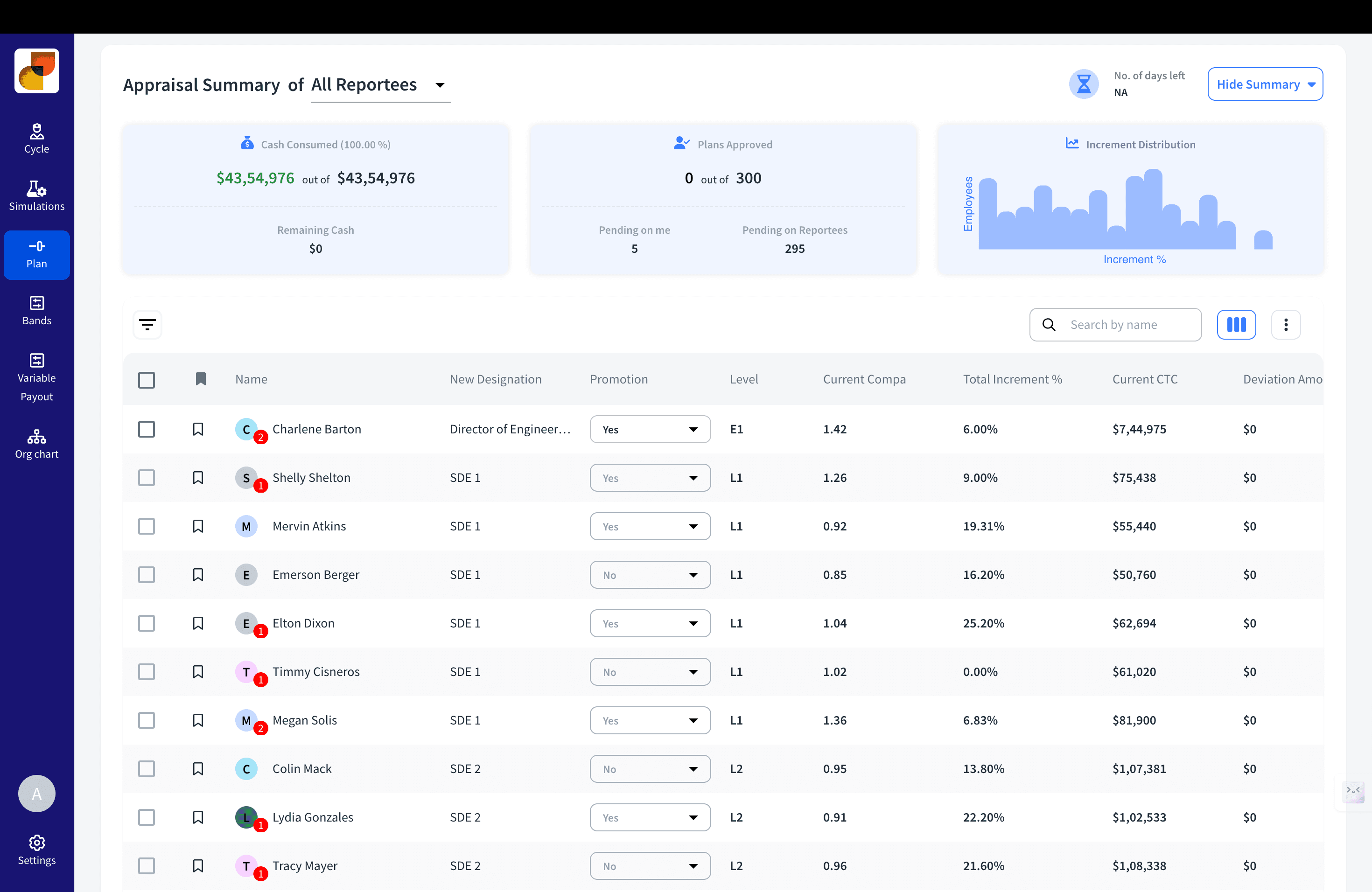
A recent study states that 90% of employees link company culture to the overall productivity of an organization.
This theory has moved compensation professionals to create structures that would sustain a high-performing organizational culture.
Building such a structure promotes employee retention, improves workplace engagement, positively impacts organizational performance, and much more.
This article will help you understand the major factors that influence your company culture and how can you optimize it to build a high-performing team.
A high-performance culture is a workplace that has employees working at their full potential. These work cultures are usually equipped to handle roadblocks like:
A high-performance culture is what helps organizations exceed their performance goals with continuous improvement as their employees are dedicated and working at their full productivity to accomplish their performance goals.
There are some key characteristics of a high-performance culture:

There are certain best practices through which you can create a high-performance culture:
“Bias for Action Speed matters in business. Many decisions and actions are reversible and do not need extensive study. We value calculated risk-taking.”
This is how Amazon summarises its leadership principles.
So, accelerating service delivery is one of their prime concerns. They have carved their unique strategies to execute this mission in their leadership style to achieve organizational success.
A two-pizza team is a self-contained unit (cross-functional team) that takes full ownership of the product with strategic goals.
The major motivation behind this strategy is to remove bottlenecks and build competitive advantage in a dynamic business environment.
Moreover, teams are inclined to achieve the highest standards given they are responsible from the incubation to the launch of a new product which improves job satisfaction for employees.
This strategy is more along the lines of Taylor’s ‘work specialization’ in building a high-performance workplace.
So, a single-threaded leader is essentially an individual or group of people who worry their heads over one particular initiative.
With this corporate culture, Amazon aims to eliminate competing priorities in a single team and harness the expertise that comes with focusing on a single line of tasks.
Werner Vogels, CTO of Amazon, has explained the model in these words:
“We allow teams to just do a lot of things themselves, even if that duplicates some functionality. We’re willing to exchange that for moving fast”.
Duplication arises as a price to be paid for single-threaded models.
Indeed, it results in a loss of efficiency in performance levels over multiple teams working on similar problems.
But it also means that the leaders have more than one viable solution that accelerates the delivery of actionable results.
And for Amazon, efficiency trumps speed and is thus considered a good practice.
Amazon believes that deep hierarchies hinder agility.
So, for swift maneuvering, they have embraced a flexible, loosely connected model.
Leaders set the stage, embolden teams, and delegate decisions to the frontline.
It’s all about aligning needs, amplifying decision quality, and turbocharging velocity with encouraging proximity for achieving organizational and individual goals.
Netflix is one of the few that made massive foundational changes at least 4 times in the last 15 years.
That proves 2 things:
First, the organization is highly flexible.
Second, it has a methodical internal structure.
But along with that, the book ‘No Rules Rules’ explains there are a few elements of tension (not the bad kind) that exist within Netflix’s structure that make it an intentional organization:
At Netflix, Talent Density and Candor take center stage, fueling an obsession.
There is a unique example that showcases how driven they are with building high-talent density in their physical environment.
When an employee stops being fit at Netflix, rather than resorting to PIPs, the leadership team opts to part ways with employees, offering them a generous severance package.
This is to make sure that productivity and team motivation do not dial down.
The same talent density talked about before is the reason Netflix ensures consistency in compensation, policies, and the overall operating model.
The book ‘No Rules Rules highlights that even in critical areas that demand more control, the organization maintains a cohesive design.
Netflix’s CEO Reed Hastings has made 2 truths very clear from the start:
In a family, members remain constant, but in a team, changes can be made if individuals aren't meeting expectations.
We don’t say that the examples we’ve portrayed are the perfect inspiration for all organizations.
It’s more about understanding your organization’s current capabilities and future goals to create an agile design.
CompUp is a compensation management software that can help you optimize your compensation planning to build high-performing teams.




Try the platform now to understand how CompUp can streamline your compensation planning with fair pay practices.
Revolutionizing Pay Strategies: Don't Miss Our Latest Blogs on Compensation Benchmarking